Defects of Historic Glass Negatives: Features, Classification, Description
For the purpose of obtaining feature sets
and developing techniques for successful de-tection and compensation
of defects, their etiology, localization, and appearance in
images should be taken into consideration. We start
by providing description and preliminary classification of
defects appearing in the Prokudin-Gorsky negatives. Archival
practice usu-ally classifies negative defects according to
the following features.
I. Localization. Defects may be located on the base, on the emulsion,
mixed (i.e. the defect affects both the base and the emulsion).
II. Cause. Mechanical damage (caused from either outside or inside),
exogenous pollution (fingerprints, dust, mud, dye, paper or glue
fragments etc.); endogenous physical and/or chemical processes,
biological damage (fungus, etc.); optical artifacts registered
by the emul-sion (parasitic exposure, specks of lens internal surfaces,
plate-holders in cassettes, mixed).
III. Appearance. Negative defects may differ by: (1) form (e.g. scratches
or cracks differ from spots); (2) structure; (3) size (in relation
to the frame area); (4) gray scale intensity level (or by optical
density); (5) intensity profile; (6) transparency: (a) non-transparent,
(b) transparent, (c) mixed (with variable and/or peripheral transparency);
(7) predictability of damaged region (using information from the
neighborhood): (a) smooth gradients, predictable content, (b) many
small details, complicated gradients; (c) different degree of duplication
of the same fragment in other color components. For the purpose of
localizing defects, the most important features are form, size, structure,
and intensity profile.
Since our research was conducted on the scanned digital images and we did not exam-ine the glass negatives themselves, our understanding of the causes, nature, and initiation mechanisms of the specific defects is based on prior experience and specific characteristics visible on the scans. Some of the possible factors leading to defect formation are listed below.
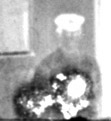
1. Degradation of emulsion - the processes of different etiology, initiation mechanisms, chemical and physical nature. Degradation leads to partial or complete destruction of emul-sion (silver bromide gelatine emulsion, in this particular case) and formation of salt efflorescence (sodium thiosulfate, aluminium sulphate, and so on). Defect region may be of arbitrary form and size. The typical appearance is the "foam around the bubble". Degradation is usually combined with exfoliation of different types ("radial", "butterfly wing", "spiral with waves", "fern leaf", "frosty patterns", and other branchy patterns) and emulsion loss. At the initial stage of degrading the germ is usually about 0.5-3 mm in diameter and have rounded form, "M"- or bell-shaped intensity profile, and may have bright or dark halo. Salt efflorescence is a component of emulsion degradation with emergence of decay products in the form of pow-dered coating of different color and consistency on the emulsion surface.
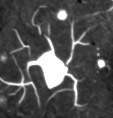
2. Reticulation - a network of cracks or wrinkles in a photographic emulsion.
As the emulsion gets older its fragments start flaking or peeling away
from the base forming, e.g., "fern leaf" or "frost on a windowpane" patterns.
Reticulation may be caused by different factors, e.g. too great a difference
in the temperature of baths or between final wash water and the air
in which the negative is dried.
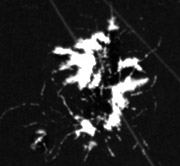
3. Flaking emulsion - detachment of the emulsion from its base as a result of
weakening of emulsion adhesion properties due to its ageing. The size of such
defects may be from 0.5 mm to the whole frame. Some negatives in the Prokudin-Gorsky
collection had flaking emulsion probably caused by the exposure to water during
storage in the cellar of the apartment house in Paris before 1948 .
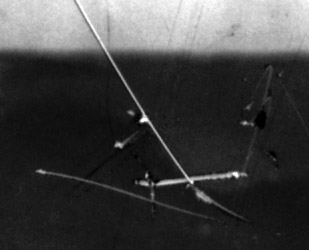
4. Scratches fall into three main categories. Emulsion scratches (usually look like bright lines on the negative); base scratches (usually dark lines on the negative); and deep emulsion scratches which also damage the base (usually bright lines with dark elements inside). Width of the scratches is mostly about 0,1 - 0,2 mm.
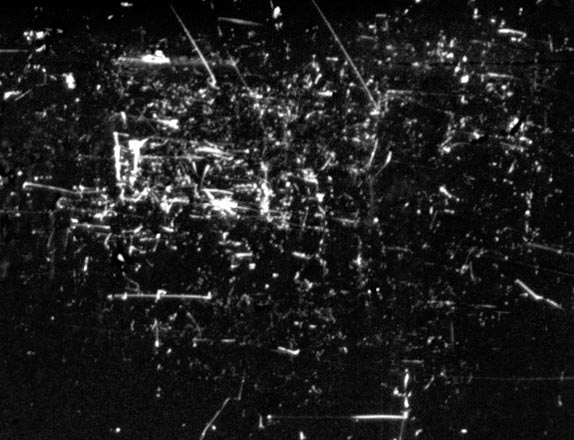
5. Abrasion marks consist of many hair-like fine lines arranged in cellular, concentric, or chaotic structures of different size.
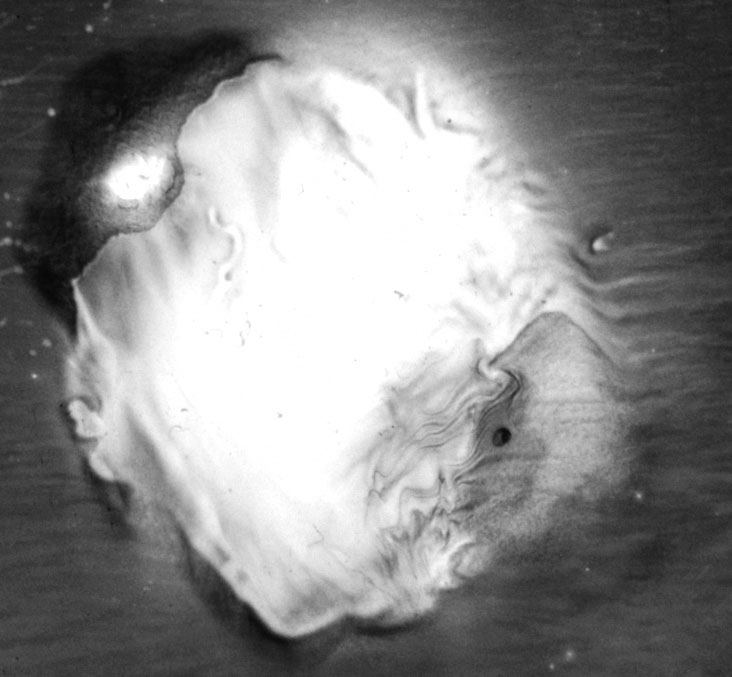
6. Physical defects of "wet process": air bubbles, emulsion shifts along the base with typical "waved smearing" of defect edges caused by the finger or tweezers contact. This group also includes traces of air bubbles or insufficient agitation of the negative during the development.

7. Pollution of different nature (greasy spots, dust, fingerprints, glue, dye, and other foreign elements sticking to the emulsion or to the base.
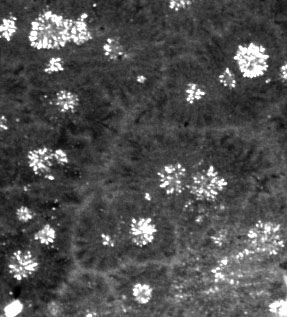
8. Biological damages - are often appearing as mould spots on emulsion.
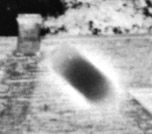
9. Optical effects: caused by improper focusing or insufficient depth of field, blur caused by moving objects contour shifts, reflexes caused by glittering objects, parasitic flashes, lens glare, shadows from camera components.
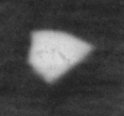
10. Fogs - films on emulsion surface changing its optical properties. The following
types of fog are typical for glass negatives: colloid silver film, dichroic fog,
edge fog.
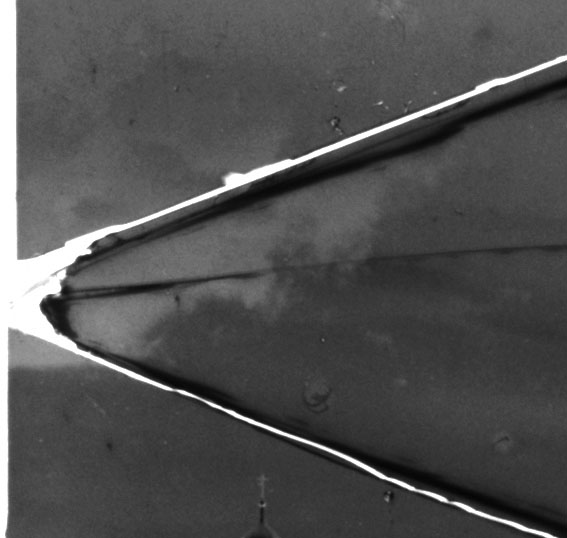
11. Mechanical damage of emulsion and base (cracks and fragmentation).
| Home • Collection •Problem•Classification •Detection • Compensation • Examples • Biography • References • |